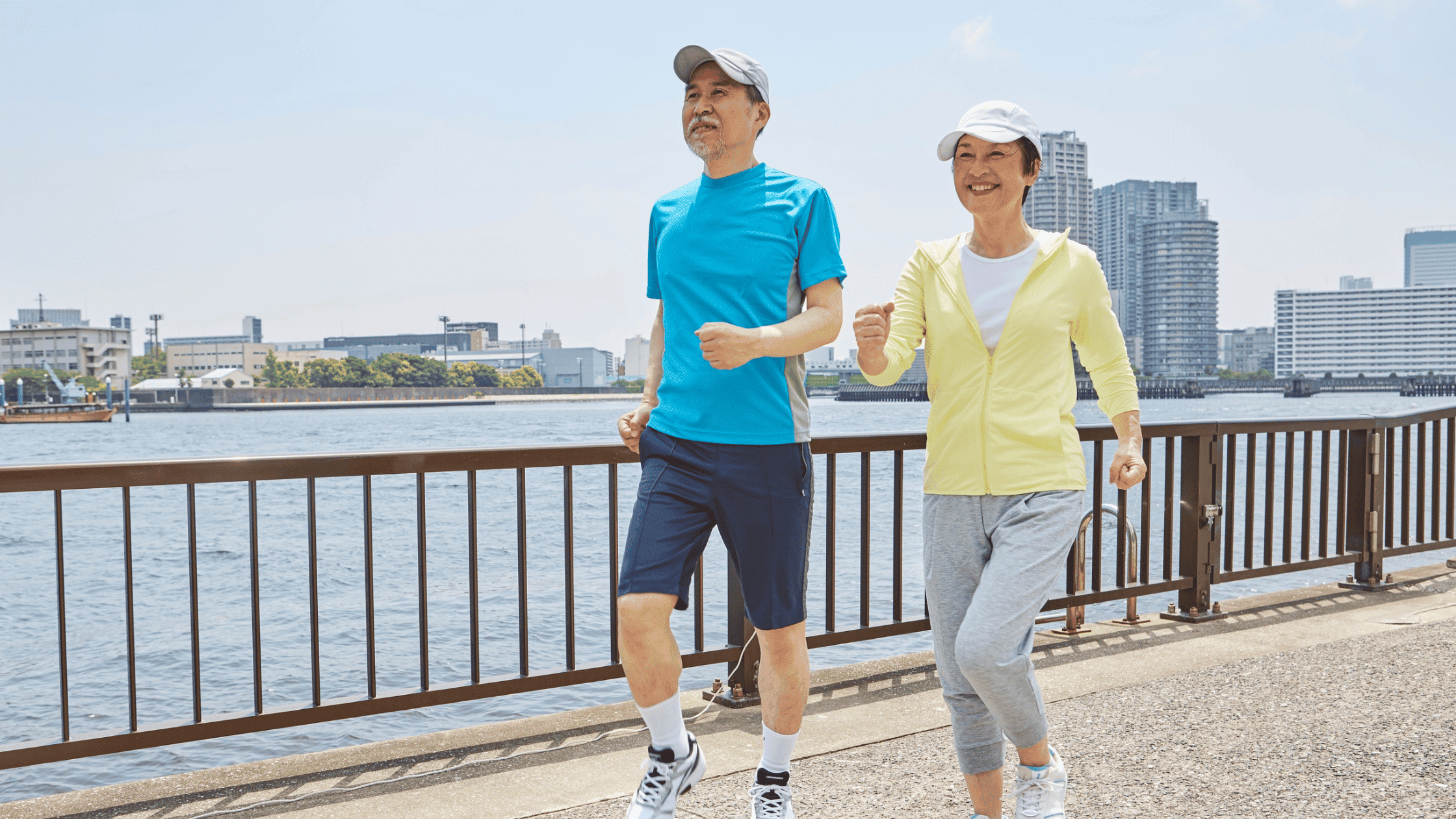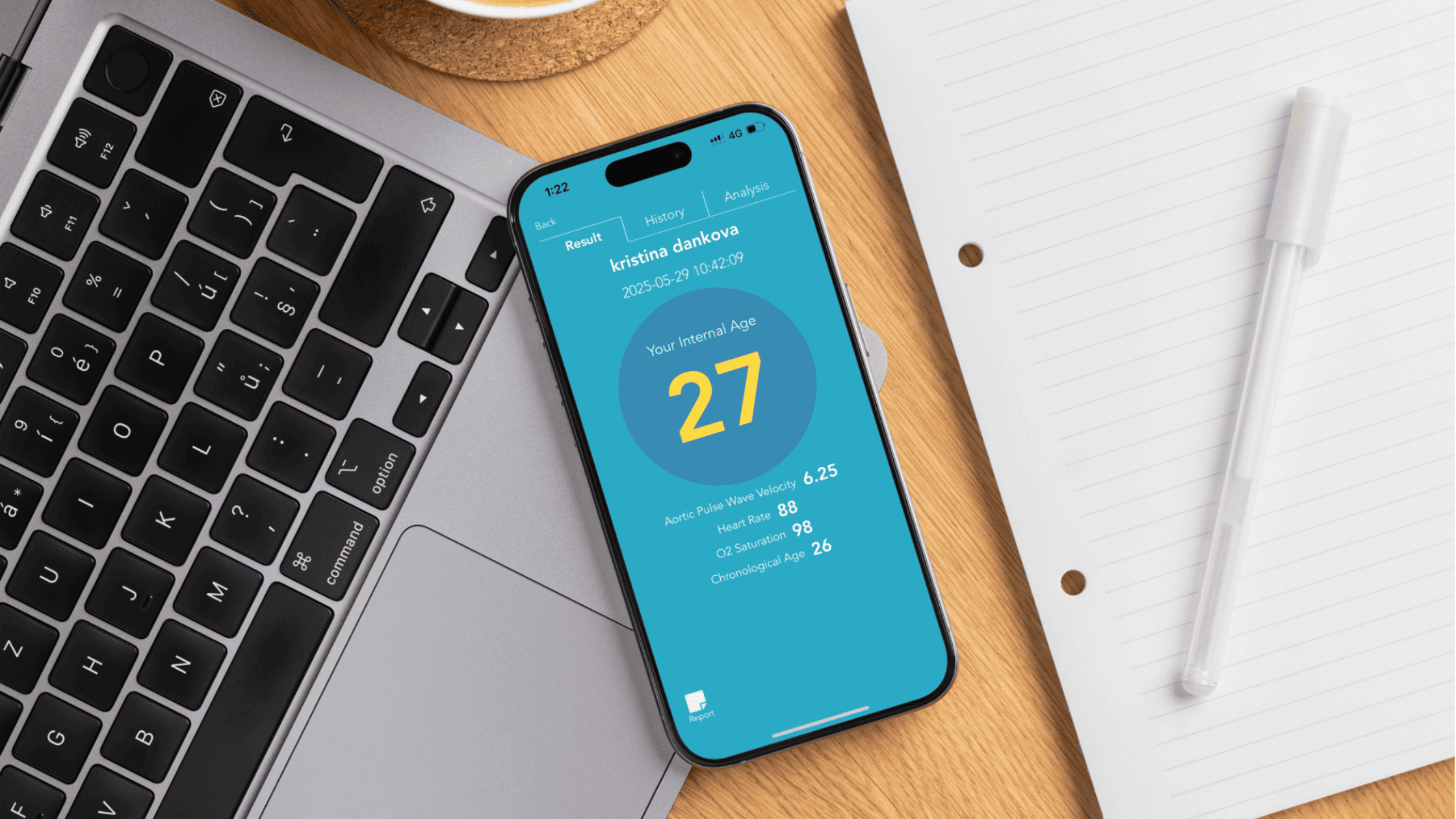What if I told you that walking is the cornerstone of longevity fitness? That this simple action could be the answer to what exercise is best for longevity?
Do you guys walk? Weird question, huh? Let me rephrase it—have you ever used walking not just to get from point A to point B, but to actually get something out of the trip? And I don’t mean picking up groceries along the way—no, no. I mean going only and specifically for a walk, with the intention of gaining something from it. Maybe to improve your physical or mental health?
And if you do—then why? Why would you do it? Can’t you just go to the gym, hit the heavy weights, grab a mat, and stretch out that cranking spine of yours? Or simply jump in the pool and grind through 40 minutes of a back-and-forth, boring stroke routine?
I walk. You walk. Everybody walks (well, most of us at least). So what’s so special about this rhythmic and coordinated neuromuscular action? I mean, all of us breathe, right? At least I hope you do. But you don’t see a ton of scientific or amateur articles obsessing over the importance of breathing—because if you don’t breathe, you die. Simple as that.
But what about walking? Is it really as crucial as breathing? And if so, why? And if it’s not, then why are so many people obsessed with hitting a certain number of steps every day? And where did that 10,000 number even come from? If I do 9,500 steps—am I less?
Calm down, folks. It’s just a nice, round number. That’s all. Walk as much as your crunchy bones let you.
2025, Here We Go: A Simpler Path to Longevity Fitness
Many ask, What is longevity in fitness? The answer isn’t always about lifting more or running faster. Longevity fitness is about consistency, joint care, heart health, and sustainability over time—and walking checks every box.
I think it’s safe to say that a lot of people are heavily preoccupied with high-intensity interval training, CrossFit challenges, and grueling gym sessions with loud, motivating music. And yet, simplicity might just be the answer to your New Year’s resolution—and the secret to sustainable longevity health & fitness.
Nobody will be surprised if I say that walking is a routine behavior that’s often overlooked—precisely because of its simplicity. No heavy weights slamming to the ground, no elite gear, no swimming pools with chlorine levels below 0.4 ppm. Just grab a pair of shoes, step outside, and go.
I’d even dare to say that one of the major events that paved the way for walking to become the favorite workout of 2025 was the COVID pandemic. When gyms shut down and movement was limited to within neighborhood boundaries, the only viable way to stay sane—and move your joints a bit—was to walk around the familiar community streets.
And guess what? COVID went away. Gyms reopened. People rediscovered their cars. But something stuck: walking wasn’t just “better than nothing”—it was actually enough. For some people, it was even more than enough.
A few years passed, and now, in 2025, walking isn’t just a fallback option—it’s a lifestyle. It is not being underestimated anymore—it is recognised for its true nature and timeless essence: a foundational, accessible, and profoundly effective form of exercise.
Remember, folks—the revolution wasn’t made with noise, but with footsteps. Quiet, steady, unstoppable.
People are exhausted and overwhelmed by extremes. The all-or-nothing mindset that dominated fitness for years left many feeling dissatisfied, unmotivated, and—sometimes even worse—injured. Walking, on the other hand, encourages sustained effort rather than sporadic intensity, and mindful engagement rather than outcome-driven obsession.
Benefits of Walking
As you’ve probably guessed by now—we should talk about the benefits of walking. There’s just no way around it. The greatest perks are its simplicity—and its universality. The movement welcomes everyone, regardless of age, fitness level, or lifestyle. To busy parents, it’s a breath of calm. To seniors, a step toward freedom. To professionals, a pause that restores.
Walking improves cardiovascular health, strengthens muscles and joints, helps manage weight, and boosts circulation. It supports digestion, improves posture, and can even enhance immune function. But it’s more than just physical benefits—it reduces stress, clears the mind, and improves mood, often in split seconds!
People are exhausted and overwhelmed by extremes. The all-or-nothing mindset that dominated fitness for years left many feeling dissatisfied, unmotivated, and—sometimes even worse—injured. Walking, on the other hand, encourages sustained effort rather than sporadic intensity, and mindful engagement rather than outcome-driven obsession.
Longevity Tool, You Didn’t Know You Had
Do we guys remember what longevity in fitness really means? Living a healthy and full life, and not just a long life, right? Walking is not just a simple and effective workout but also a powerful tool for longevity. But what many people don’t realize is how technology—and especially how the innovative iHeart device—can help us augment the benefits of one of the lowest-impact but full-body activities and turn this process into a strategic personal longevity fitness journey.
The iHeart device is a modern, wearable device that monitors and optimizes cardiovascular health. The device focuses on heart rate variability, oxygen saturation, and subtle changes in cardiac rhythms to provide personalized, data-driven insights aligned with your unique biological makeup.
It’s true that walking is a very low-impact activity, but still—everyone reacts differently even to the tiniest stimuli. The iHeart device tracks the heart’s response minute by minute, helping individuals find the optimal walking speed to not just enjoy a walk in nature, but also maximize cardiovascular benefits without physiological overload.
With the iHeart device, every heartbeat matters! Curious how? It provides personalized insights based on your arterial health to help guide you toward optimal zones for fat burning, endurance, or recovery. And yes — it even offers biofeedback-style data to support your wellness journey. You’d like that one too, right? Using this modality is essential to understand how stress and relaxation influence your heart rhythms, promoting mindful walking routines that support both psychological and physiological health.
The device detects recovery and stress levels throughout the day, giving enough information to balance physical activity with rest—it’s crucial to know when to push forward and when to pause and take a break. This is the only way to reduce the risk of injury or burnout and to support habits that promote healthy aging.
We talked a lot about the benefits of this device, but I’ll sum it up for you in the end—it’s a tool that can change a simple, routine activity into a smart, data-driven longevity tool, helping people live longer, healthier, and more flourishing lives.
In a world where we chase complexity, walking reminds us that sometimes the simplest solutions are the most effective. Be it recovery, renewal, or a simple need to breathe—walking walks with you and in 2025, walking isn’t just exercise—it’s the foundation of longevity fitness.






Share:
How 5 Holistic Wellness Apps Helped Me Understand My Inner Health
Why Breath is the First Step to Longevity (According to Science & iHeart)